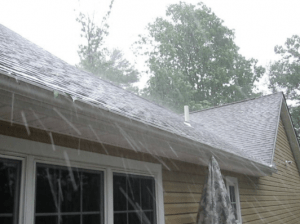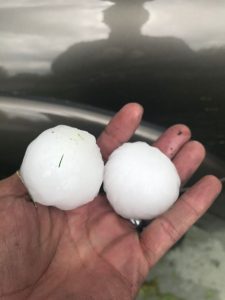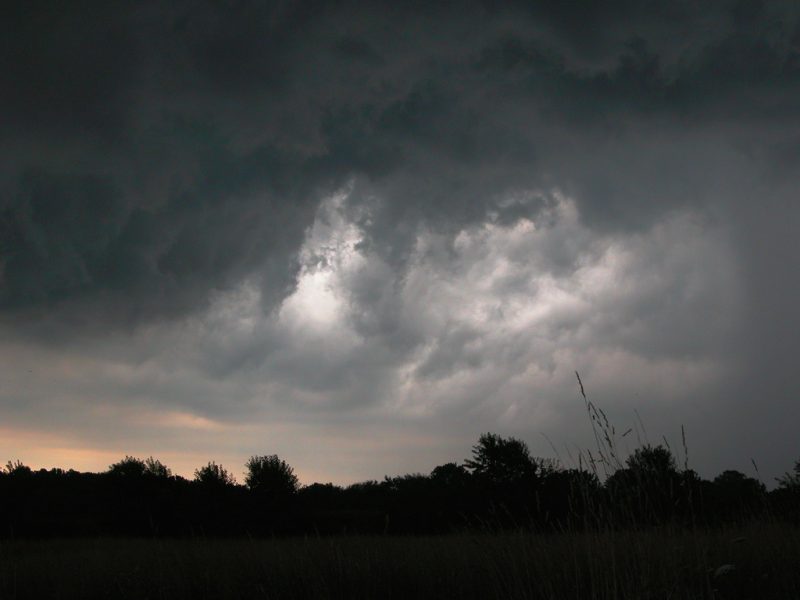How Hail Storms Can Deteriorate Your Roof
Common Signs of Hail Damage
If you live in a hail-prone area, you are probably familiarized with those icy balls from the sky that fall during heavy storms, and you know that they are no joke. Each year, hail storms and other weather conditions lead to roof damage across the United States, and Colorado is no exception. These storms appear between May and September.
Hailstones can cause all kind of damages, not only to your car or crops but the roof of your house. Here is a list of the most common signs of hail storm damage on the roof:
Hail Hits
 Dimples or indentations on the shingles caused by large hailstones that directly strike the surface. The impact points are typically soft, like a bruise on a tomato, and they can generate water infiltration and further deterioration.
Dimples or indentations on the shingles caused by large hailstones that directly strike the surface. The impact points are typically soft, like a bruise on a tomato, and they can generate water infiltration and further deterioration.
Loose Shingle Coating
This is the number one sign of severe damage. Hail can cause shingle granules to loosen and fall off. Enough loss of mineral coating can expose the asphalt layer below, and then leaks are more likely to appear, reducing the expected lifespan of the shingles.
Wood shingles may have splinters and shards of wood.
Broken, Loose, or Missing Shingles
 Strikes from hailstones can also cause shingles to crack, which along with strong winds, can lead to shingle loss.
Strikes from hailstones can also cause shingles to crack, which along with strong winds, can lead to shingle loss.
After a hailstorm, check the plants, shrubs, and trees around your home. If you find stripped foliage, there is a possibility that your roof is also damaged. Additionally, if patio furniture, roof vents, or screens are dented, there may be roof damage as well.
Inspecting your roof for hail damage is paramount to ensure that you and your family are well-protected all year round. Don’t wait until severe problems appear. And if you need to replace your roof in Colorado, do not hesitate to contact Horn Brothers Roofing.




You must be logged in to post a comment.